Father-son team at Smit & Smit making a statement for low-impact aquaculture
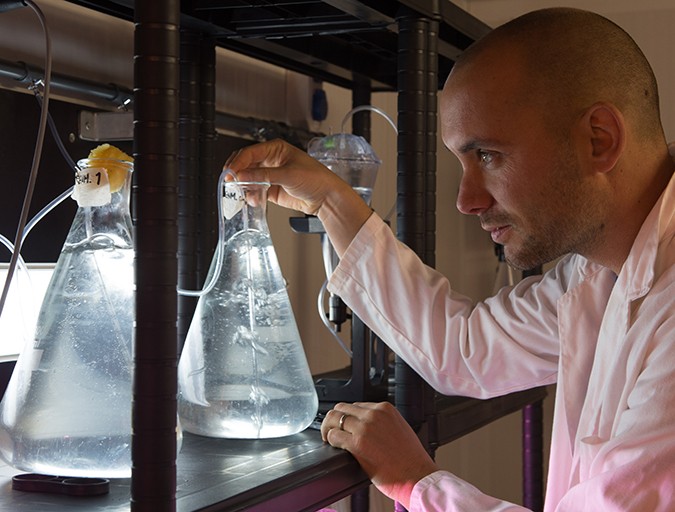
Oyster growers often have no other choice but to keep their enemies close. Predators and pathogens — voracious sea stars, crabs, oyster drills and the persistent herpes virus that’s caused trouble for producers in Europe — are common and dangerous threats to their businesses.
A father-son team in the Netherlands is solving this problem not by removing the pathogen from the equation, but by removing the shellfish. Smit & Smit, which just began operations this winter, has established what they contend is the first fully land-based shellfish farm in the world. It’s located in the small town of Colijnsplaat, in the Zeeland province of western Holland.
Bivalve shellfish culture, for which there are many techniques being practiced in Europe, is a low-impact form of protein production, and is in fact seen as a net-positive for water quality, as the animals filter many gallons of water a day through their bodies, feeding on algae. So why move onto land, and indoors?
Sybe Smit, the son who’s given his father Sam’s innovative idea the energy and determination it needed to simply break ground last year, says taking full control of the shellfish’s environment has major benefits.
“We see a big opportunity,” Smit told the Advocate.
The herpes virus in the water (Ostreid herpesvirus-1) has devastated juvenile oysters throughout Europe and as far away as Australia and New Zealand. Smit said that the virus kills up to 95 percent of local shellfish growers’ spat. The protected environment Smit & Smit has created could eliminate many of the woes farmers contend with regularly.
“Japanese snails and starfish are also a really big problem here,” he added. “Because of the virus the oysters are a little bit weak and it’s easier for the snail to get through the shell.”
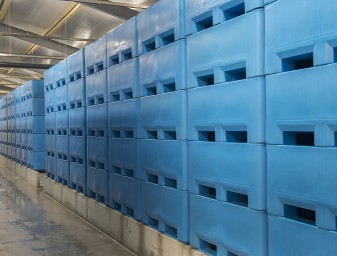
His father Sam Smit has enjoyed a 35-year career in designing seafood processing machines, particularly for cleaning mussels. The idea to farm high-demand shellfish in 100 percent recirculated water was his, and he served as a consultant, helpdesk and engineer designing the biotechnical part of the installations.
It took three years of teaming up with his son to make the dream a reality. Sybe Smit believes there is no other business quite like the one his family has built.
“I’m positive that we’re unique. We don’t throw the oysters in the water. We pump the water to our oysters. The main difference with the technique is we can control most of the process. That’s a big value especially when the population is so under pressure. That’s why we moved it on land,” he said.
Jouke Heringa, an aquaculture research coordinator for the Dutch Delta Academy at HZ University of Applied Sciences, said the operation has great potential.
“The initiative of Smit & Smit in farming land-based oysters based on regional large-scale produced diatoms [algae or phytoplankton] is unique,” Heringa said. “Unique in the sense of the scale of the controlled algae production but also it produces a large amount of oysters, which are an excellent herbivorous seafood alternative.”
https://www.youtube.com/watch?v=5XC0MucozEU
As Heringa noted, Smit & Smit grows algae in ponds surrounding the building, allowing the oysters to feed continuously. Paired with tightly controlled water temperatures, the oysters grow at a steady rate.
“Temperature, flow and feed are the three main ingredients for optimal growth,” Smit said. Keeping the temperature under 16 degrees-C renders the herpes virus inactive, and higher temperatures also spur the oysters to try to reproduce. Instead, “they think winter is coming, so they try to keep all the proteins and carbohydrates for themselves.”
The initiative of Smit & Smit in farming land-based oysters based on regional large-scale produced diatoms [algae or phytoplankton] is unique. Unique in the sense of the scale of the controlled algae production but also it produces a large amount of oysters, which are an excellent herbivorous seafood alternative.
The shellfish will be grown vertically in crates stacked five high, a system very similar to shellfish depuration tanks employed in the United States. According to Sam Smit, the “vertical, onshore, in-house, all-weather and all-seasons” way of growing shellfish creates ideal temperatures that are “otherwise impossible when grown in natural waters.”
Bringing operations on land, the elder Smit stated, offers “a critical look at standard, common and often outdated practices in shellfish farming. Combining available and proven techniques, materials and experiences from other disciplines often ignites new ideas, which in this case hatched an idea which grew out to reality.”
Smit & Smit won’t begin to harvest its own grown-from-seed oysters for about two more years. But as the business gets on its feet — the facility was only completed last October after seven months of construction — it’s providing a service to other growers in the area.
For now, the crate system is being used to clean and feed shellfish from local growers, and Sybe Smit said they will likely continue this practice — which he simply calls “boosting the quality” — even after its own shellfish are ready for harvest.
Despite being in the early stages, the Smits are already thinking of expanding internationally, and they hope to soon formulate plans for a plant abroad. Belgium and Ireland are possibilities.
“Maybe France, maybe Saudi Arabia, maybe Asia,” Sybe Smit said. “They like controlled food, fish from hatcheries. In Saudi Arabia, they have a lot of sand and we build everything on the sand. We can turn a desert into a highly productive oyster farm.”
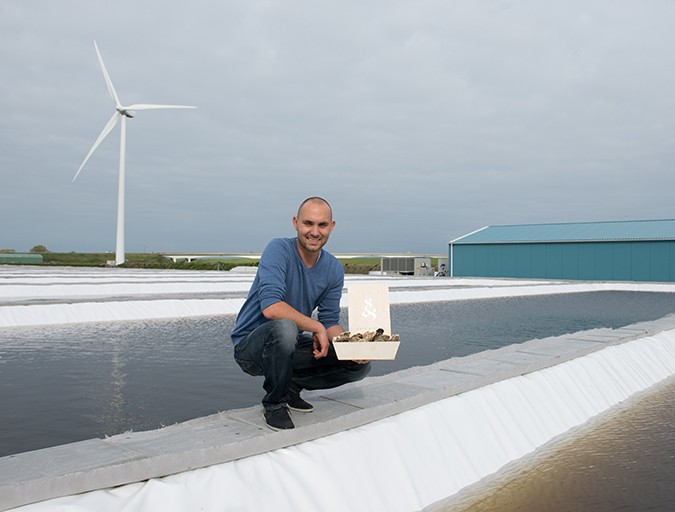
Now that you've reached the end of the article ...
… please consider supporting GSA’s mission to advance responsible seafood practices through education, advocacy and third-party assurances. The Advocate aims to document the evolution of responsible seafood practices and share the expansive knowledge of our vast network of contributors.
By becoming a Global Seafood Alliance member, you’re ensuring that all of the pre-competitive work we do through member benefits, resources and events can continue. Individual membership costs just $50 a year.
Not a GSA member? Join us.
Author
-

James Wright
Editorial Manager
Global Aquaculture Alliance
Portsmouth, NH, USA[103,114,111,46,101,99,110,97,105,108,108,97,97,103,64,116,104,103,105,114,119,46,115,101,109,97,106]
Tagged With
Related Posts
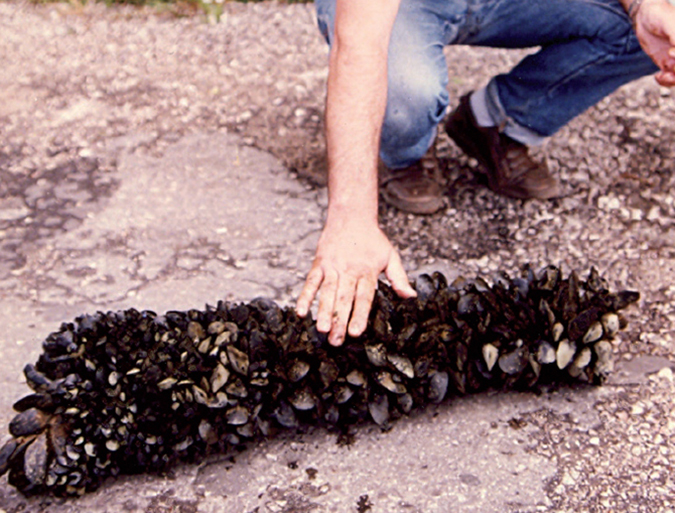
Intelligence
Human enteric viruses in shellfish, part 3
Epidemiological studies have estimated that noroviruses are responsible for 60 percent to 80 percent of all foodborne outbreaks of gastroenteritis worldwide. Consumption of shellfish is one of three main transmission routes of norovirus infection.
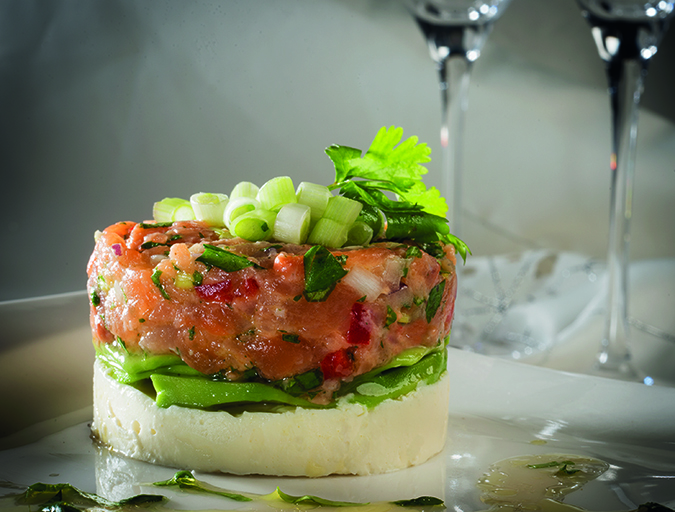
Innovation & Investment
Matorka aims to unearth innovation with Arctic charr
A new and ambitious Iceland company is about to construct what it claims will be the world’s largest land-based salmonid farm. What sets Matorka’s Arctic char farm apart is its ability to tap into natural resources unique to the island nation.


